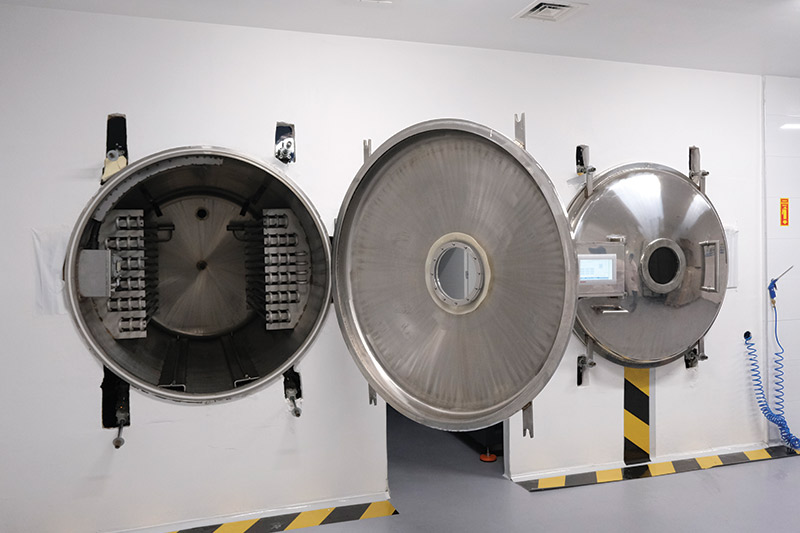Also known as lyophilization, freeze-drying, or freeze-drying, a process is the process of removing water from a substance by freezing it at low temperature and then heating it to evaporate under low pressure. This method is based on the principle of direct evaporation of the water contained in the substance from the solid ice to the gas state, also called liquid phase skipping.
The lyophilization process allows water to pass directly from the liquid phase to the gas phase while maintaining the structural integrity of the material. The process consists of three stages: freezing sublimation (water evaporation) and desorption (water vapor removal).
Freezing: Items are usually frozen at low temperature (-50 to -80°C). At this stage, the water molecules freeze and form solid ice. The freezing process is used to preserve the structure of the substance and slow down the reactions.
Sublimation: Low pressure is applied to the frozen material and the temperature of the item is gradually increased. In this process, the water vapor changes directly from the ice to the gaseous state, that is, the water molecules evaporate directly from the solid state without going from the liquid state. This step rapidly reduces the water content of the substance while preserving the substance's structure.
Desorption: After the sublimation process is completed, the water content of the substance may still be low. For this, the water vapor of the substance is desorbed and completely removed at a higher temperature (usually 20 to 30°C) and under reduced pressure. In this step, the dryness of the substance is increased and a product stabilized for long-term storage is obtained.
Lyophilization reduces the water content of a substance while maintaining its structural integrity, providing long-term storage, transportation and use. Therefore, it is a widely used method in the pharmaceutical industry, biomedical research, food industry and many other fields to maintain the stability of components that are sensitive or thermolabile.

